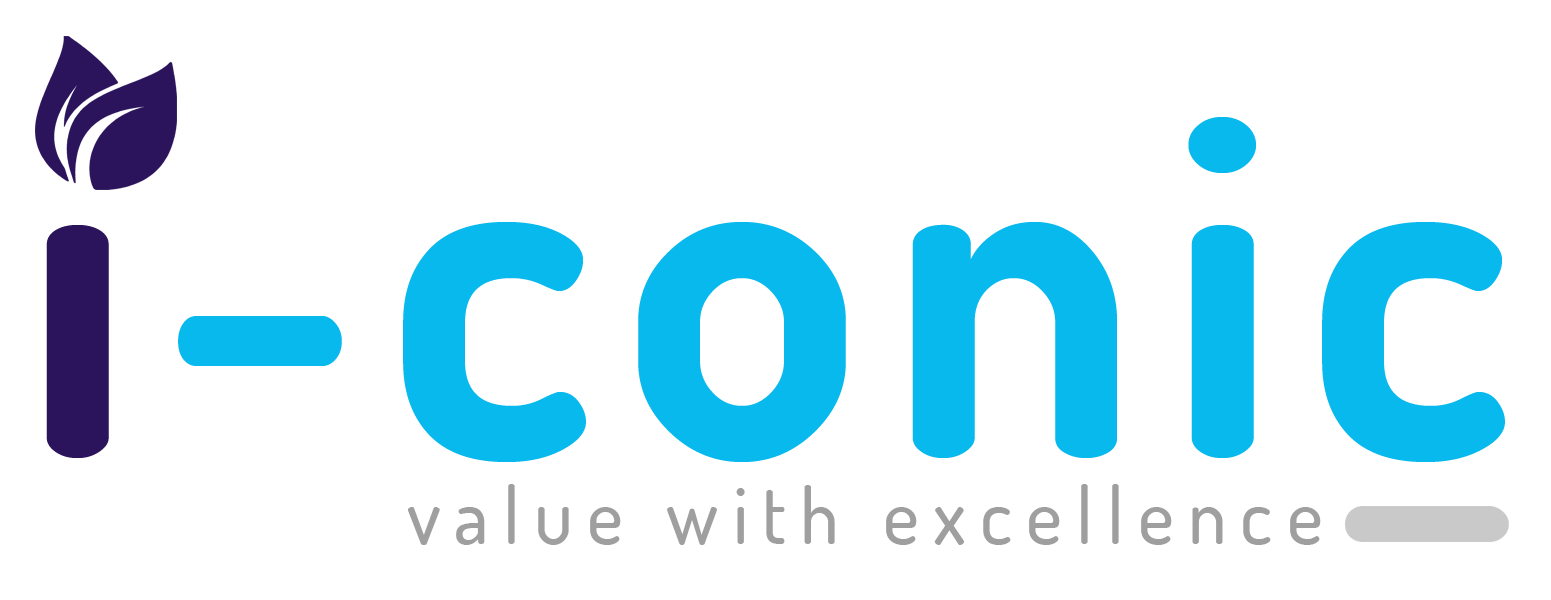Prior authorization delays remain a significant challenge in healthcare. These delays often disrupt timely care because they are critical for ensuring medically necessary and cost-effective treatments. Consequently, navigating and reducing these wait times in 2025 can lead to better patient outcomes. With this intention, we provide actionable strategies and tools in this guide.
What Is Prior Authorization
Prior authorization refers to the process where insurance companies review and approve specific treatments, procedures, or medications before they are provided. To clarify, this step is designed to ensure that prescribed care follows medical guidelines and is cost-effective.
Why It’s Important:
- On the one hand, it prevents unnecessary treatments.
- On the other hand, it controls rising healthcare costs.
- Not only does it ensure the safe use of medications, but it also supports clinical standards
Prior Authorization Time Process
| Reason for Delays | Impact |
|---|---|
| Incomplete documentation | Resubmissions lead to extended review times. |
| Insurer-specific requirements | Variation in forms confuses. |
| Manual submission processes | Slower communication increases errors. |
| Provider response delays | Important cases face unnecessary wait times. |
Reasons for Delays in Prior Authorization
Timelines vary depending on the type of request. Specifically:
- Standard requests: Processed within 2-3 business days.
- Urgent requests: Approved within 24-48 hours.
- Resubmissions: This can take 5-7 business days.
Provider response delays often contribute to extended timelines, emphasizing the need for proactive communication and follow-up
How to Reduce Wait Times in 2025
- Use Electronic Prior Authorization (ePA)
Electronic prior authorization systems are increasingly adopted to simplify submissions. Because these systems reduce paperwork, they improve approval speed. As the American Medical Association states, ePA cuts delays by up to 70%. - Submit Complete and Accurate Documentation
Incomplete documentation often causes unnecessary resubmissions. To clarify, always include diagnosis codes, medical history, and treatment justification. As a result, your request has fewer chances of rejection. - Stay Updated on Insurer Policies
Each insurance company updates its requirements periodically. Therefore, regularly check platforms like CMS.gov to stay informed. Consequently, this helps ensure compliance with the latest policies, reducing delays due to insurer-specific requirements. - Automate Routine Processes
Automation tools help flag errors in forms before submission. With this intention, many providers use practice management systems to improve accuracy. Because automation reduces errors, it significantly cuts wait times. - Follow Up Regularly
Following up on submissions ensures that requests don’t fall through the cracks. With this purpose in mind, maintain open communication with insurers. Afterward, address any additional documentation requests promptly.
Real-Time Challenges in the Process
- High Administrative Burden:
Providers spend an average of 15 hours weekly managing prior authorizations. On account of this workload, automation, and staff training become critical. - Urgency Delays:
Even expedited requests can face bottlenecks. For instance, treatments requiring insurer clarifications are often delayed. - Inconsistent Guidelines:
Each insurer has unique requirements, which can create inefficiencies. On balance, understanding specific policies reduces confusion. - Manual Submission Processes:
Traditional, paper-based submission methods often slow down approvals. Transitioning to digital platforms minimizes delays and improves efficiency.






